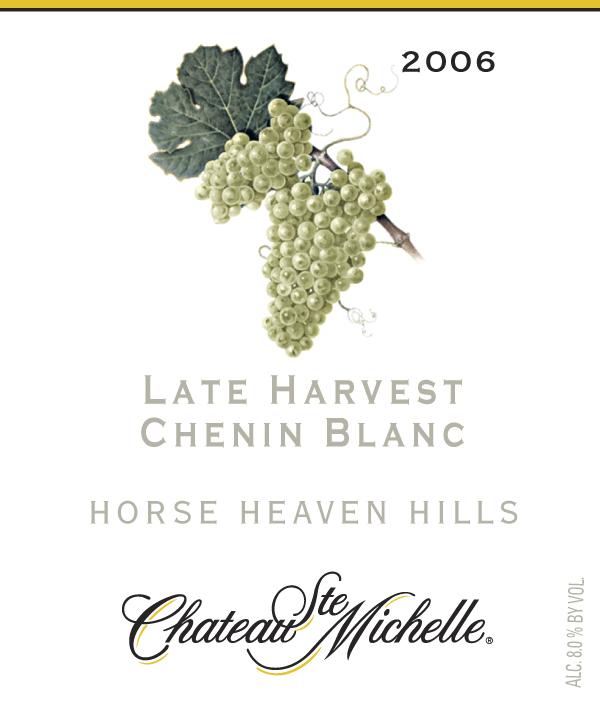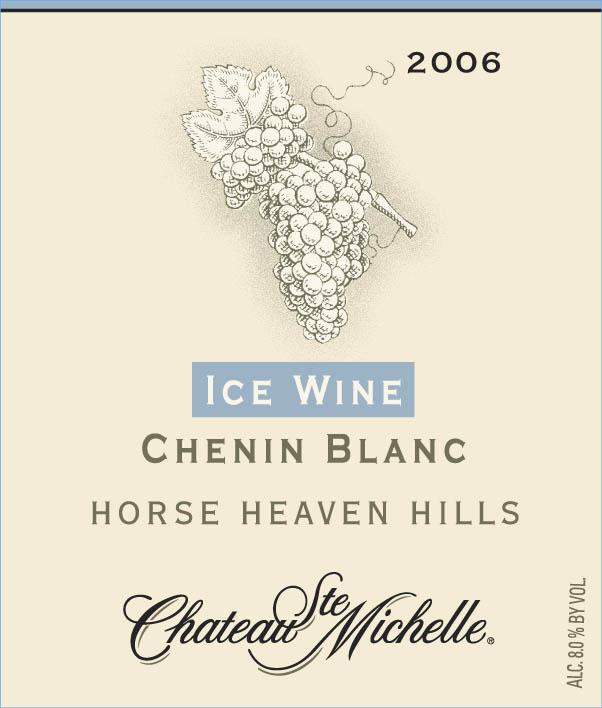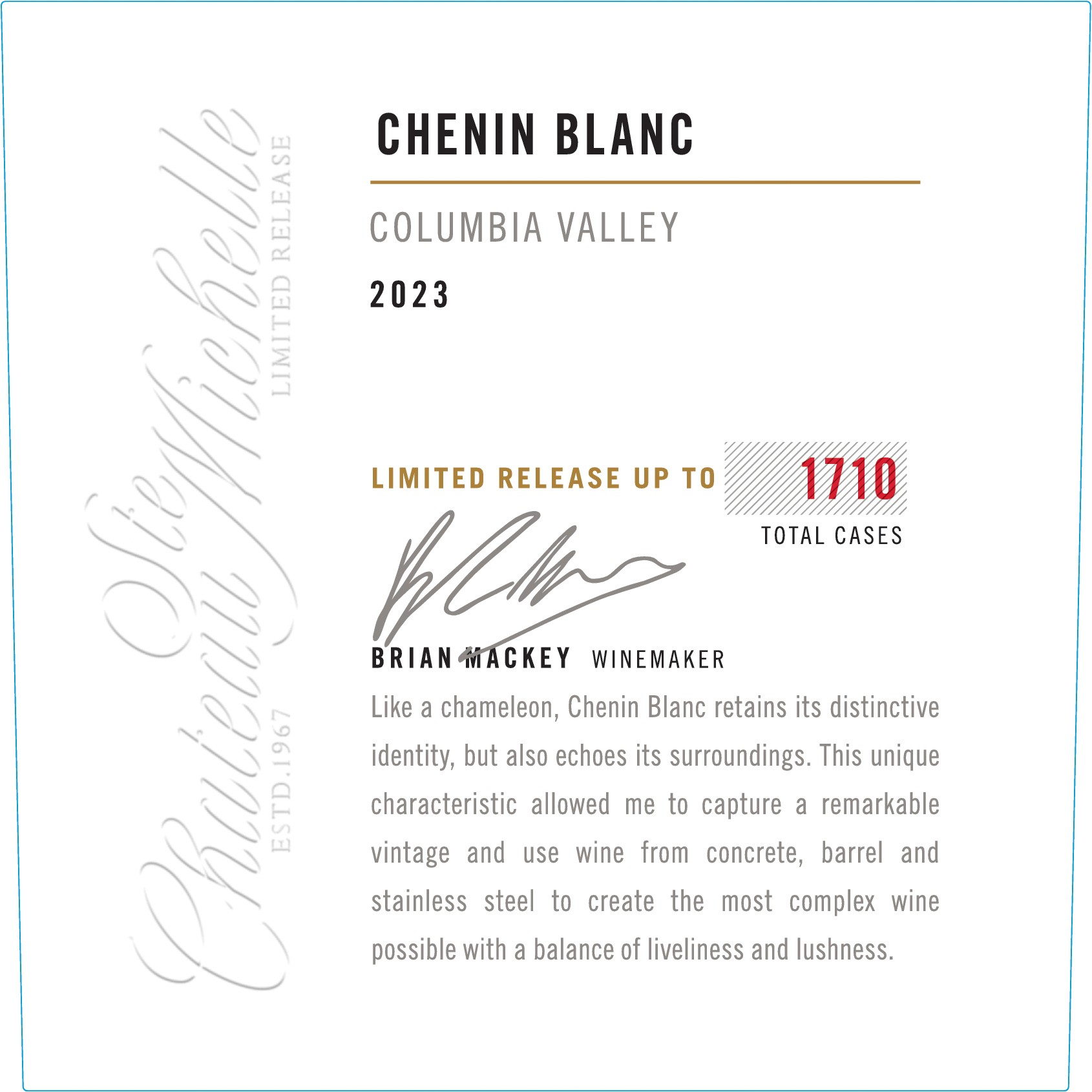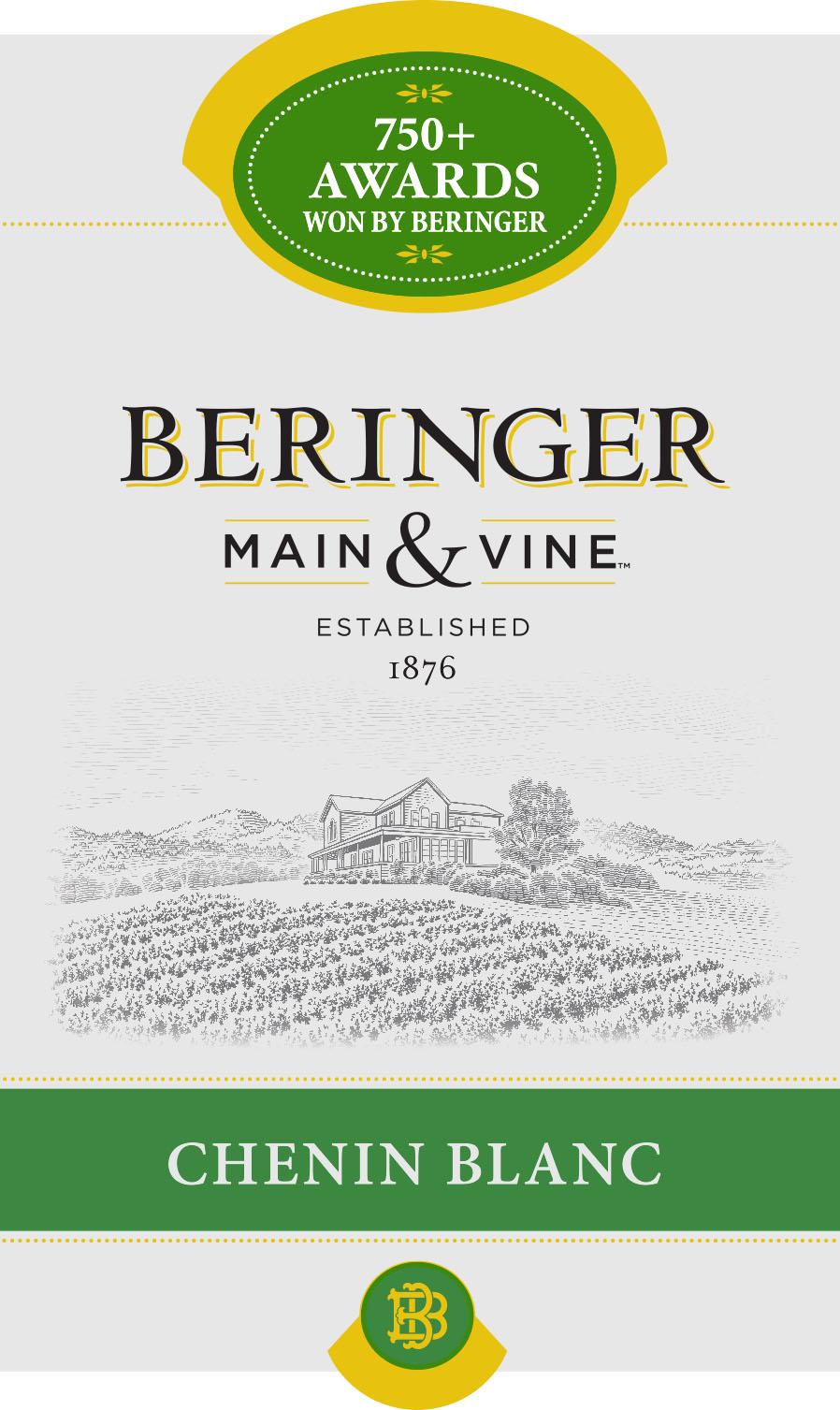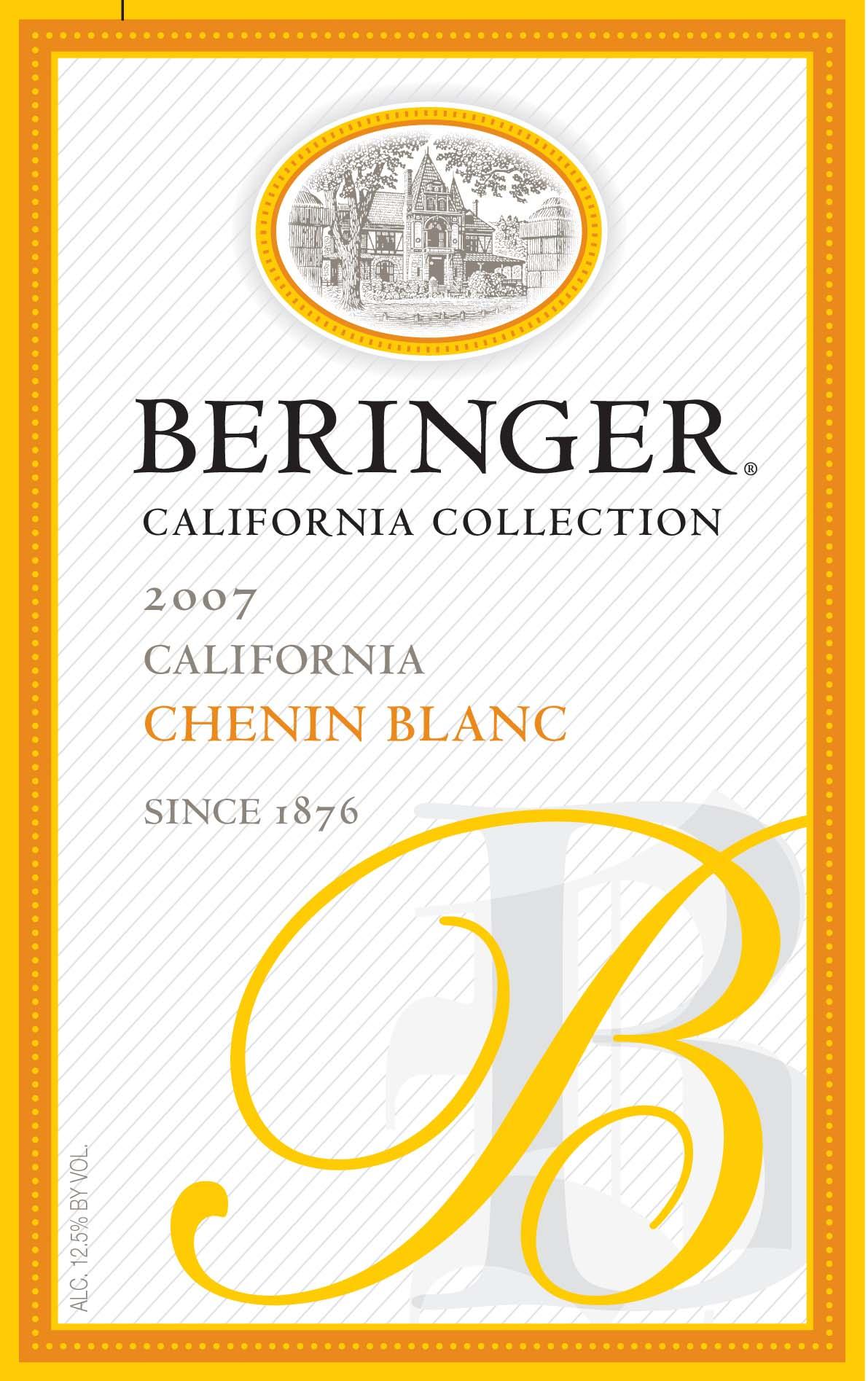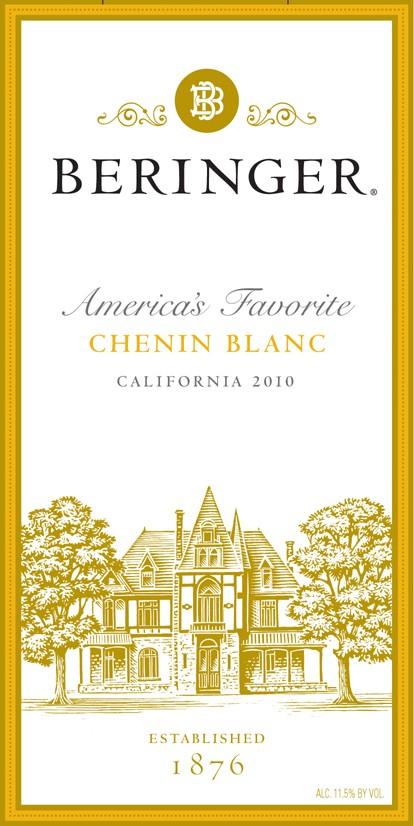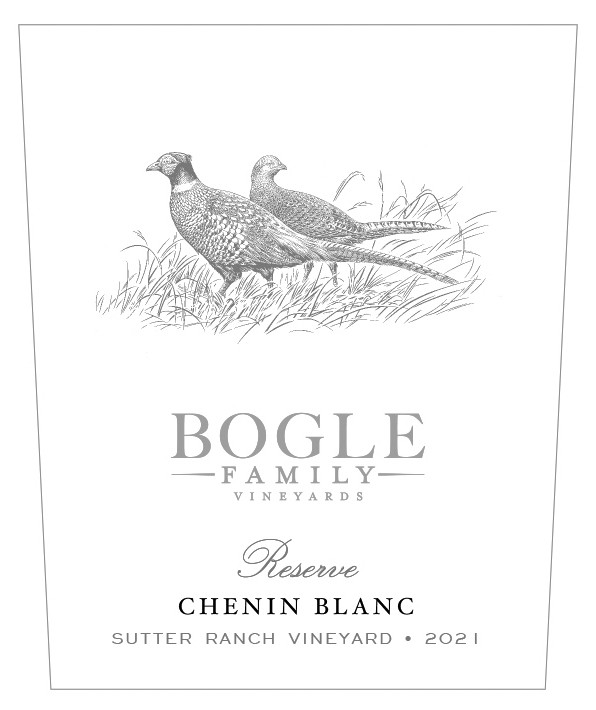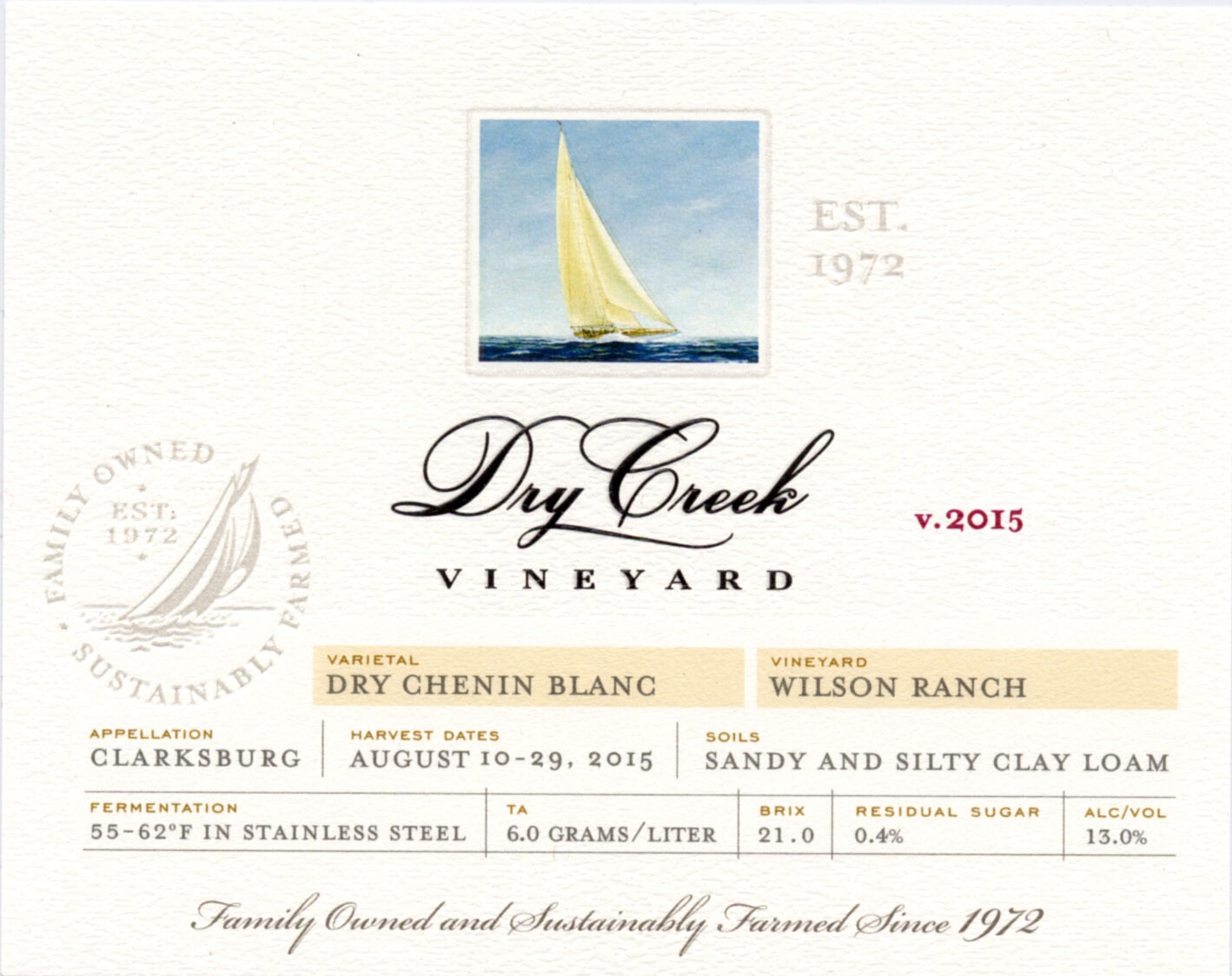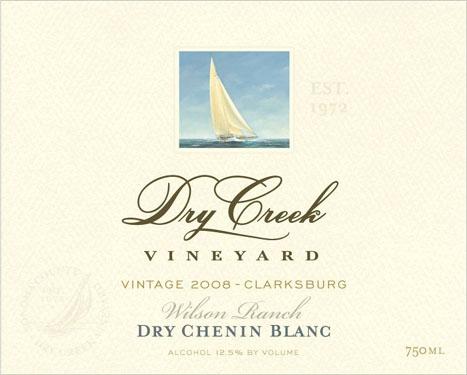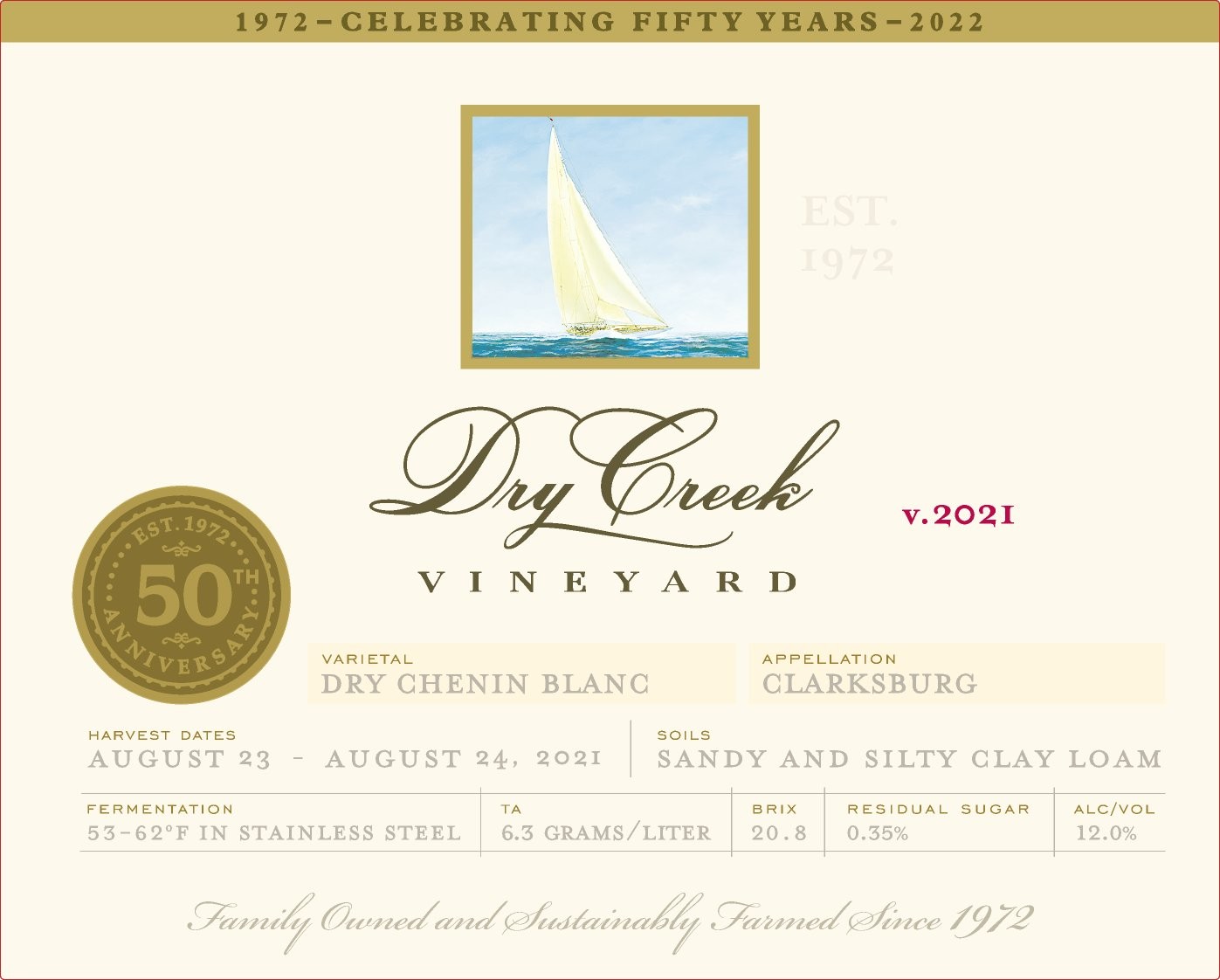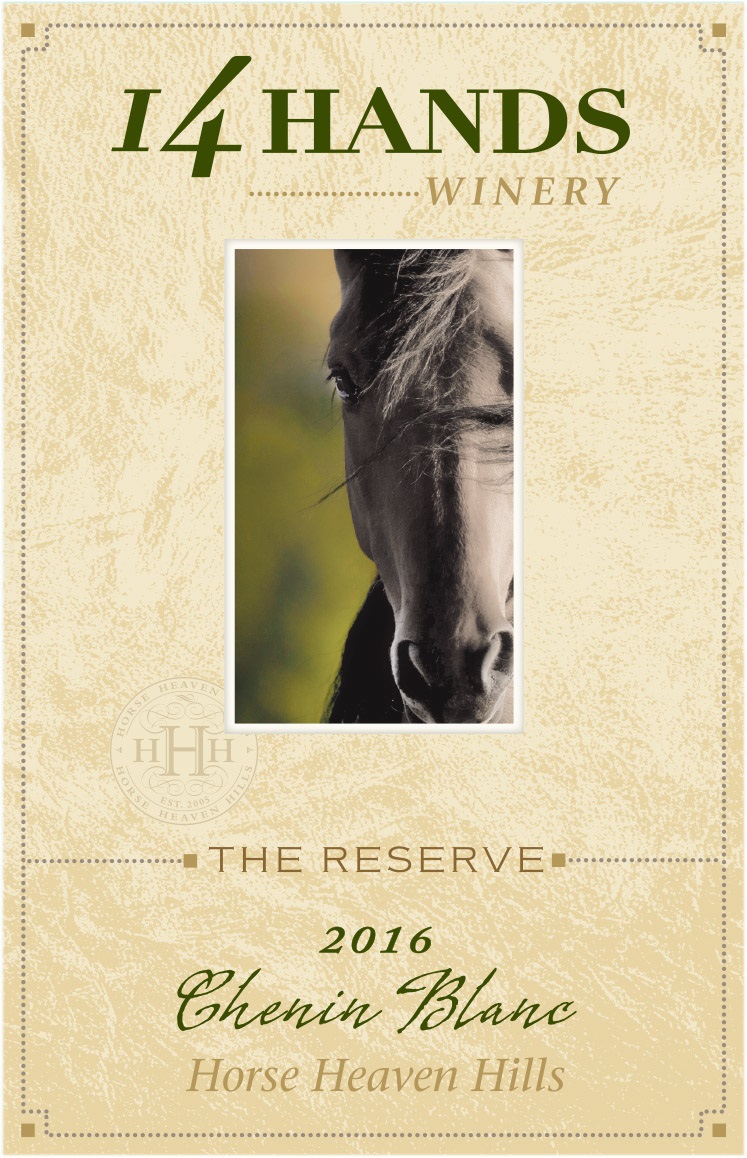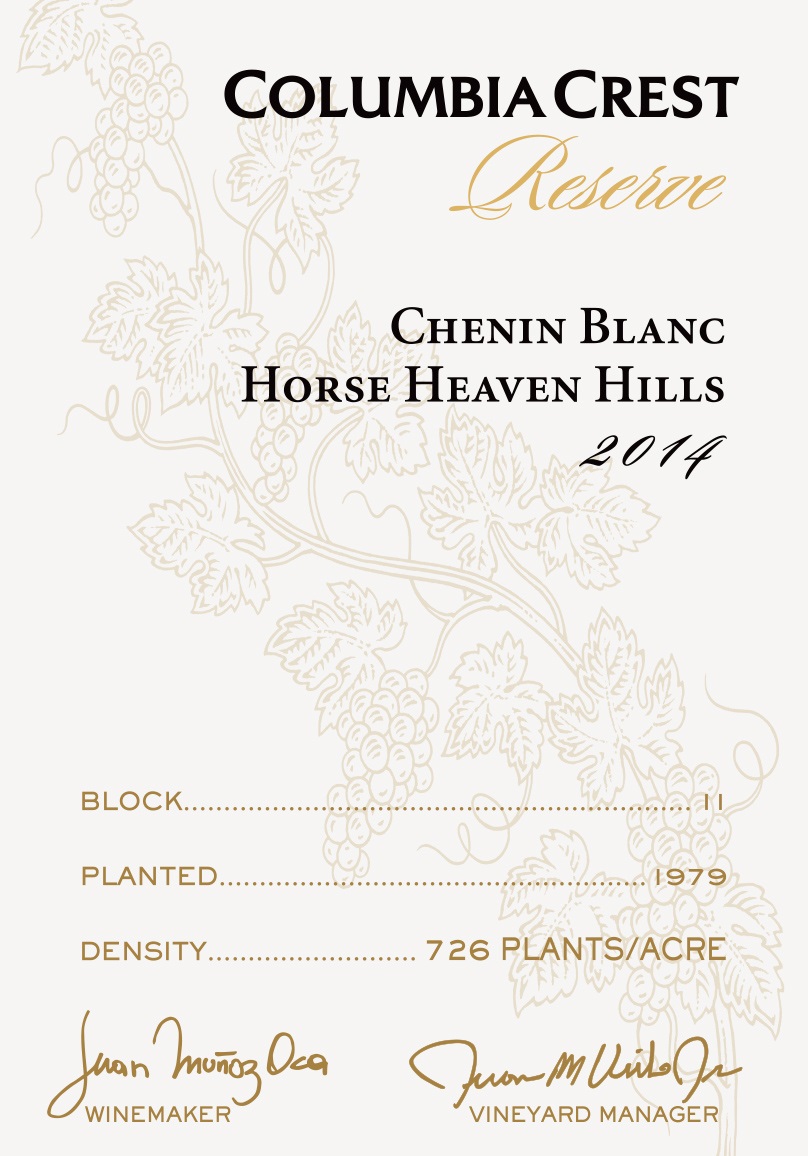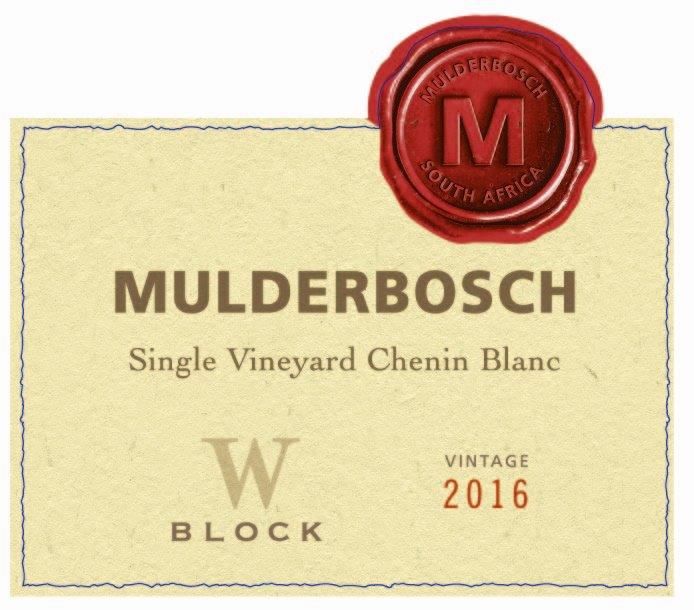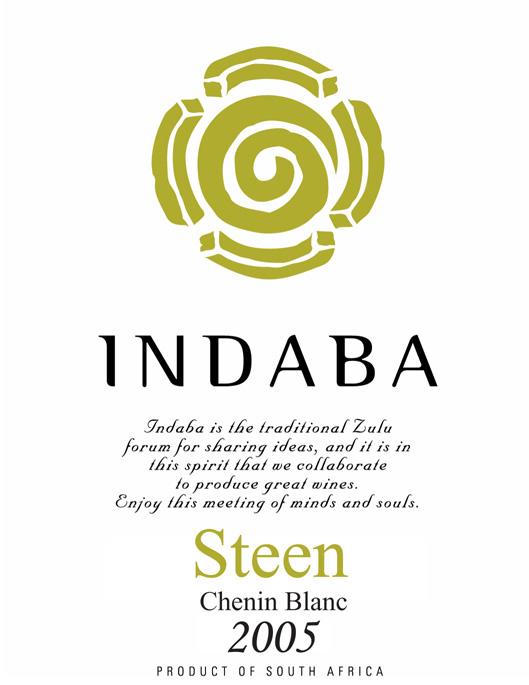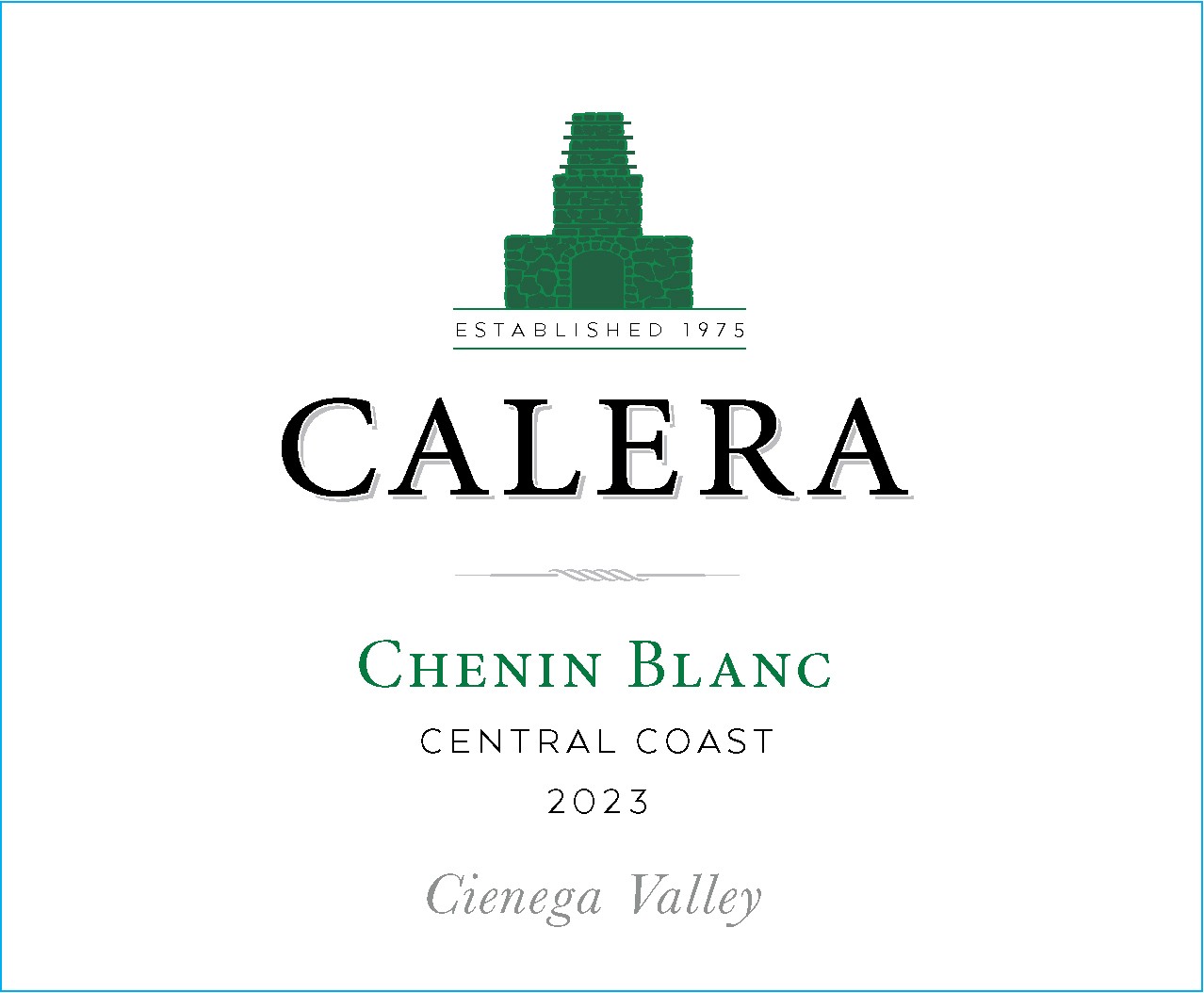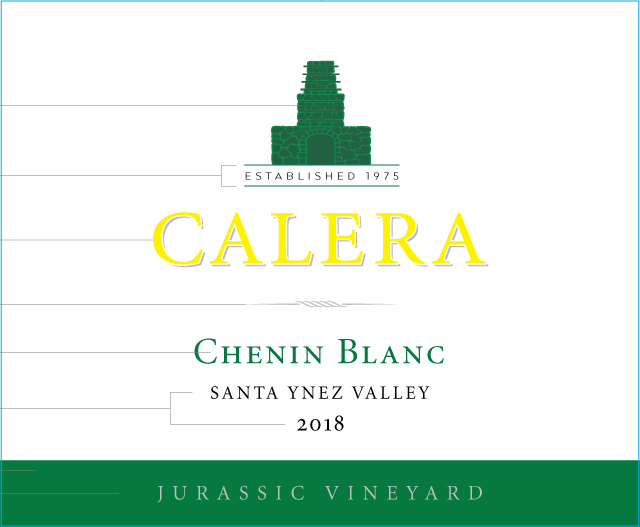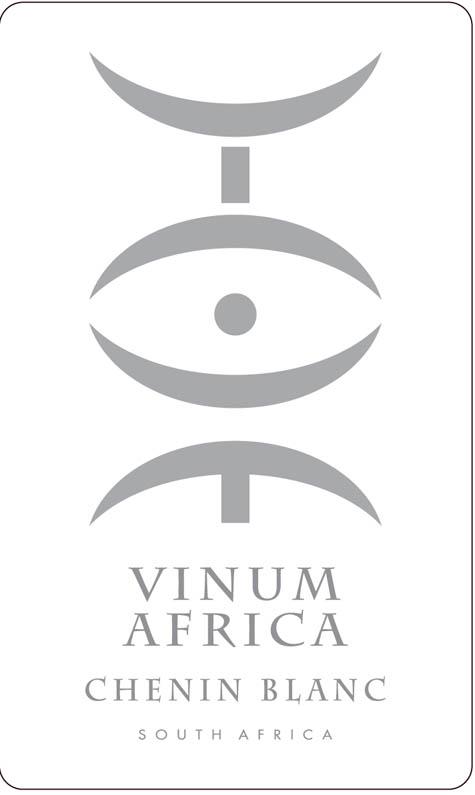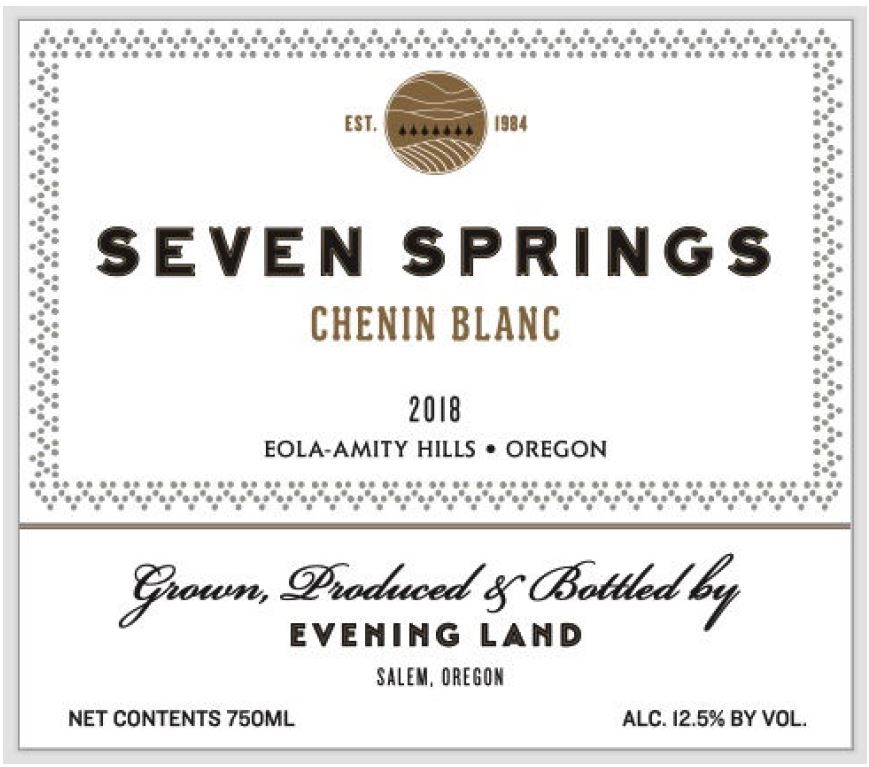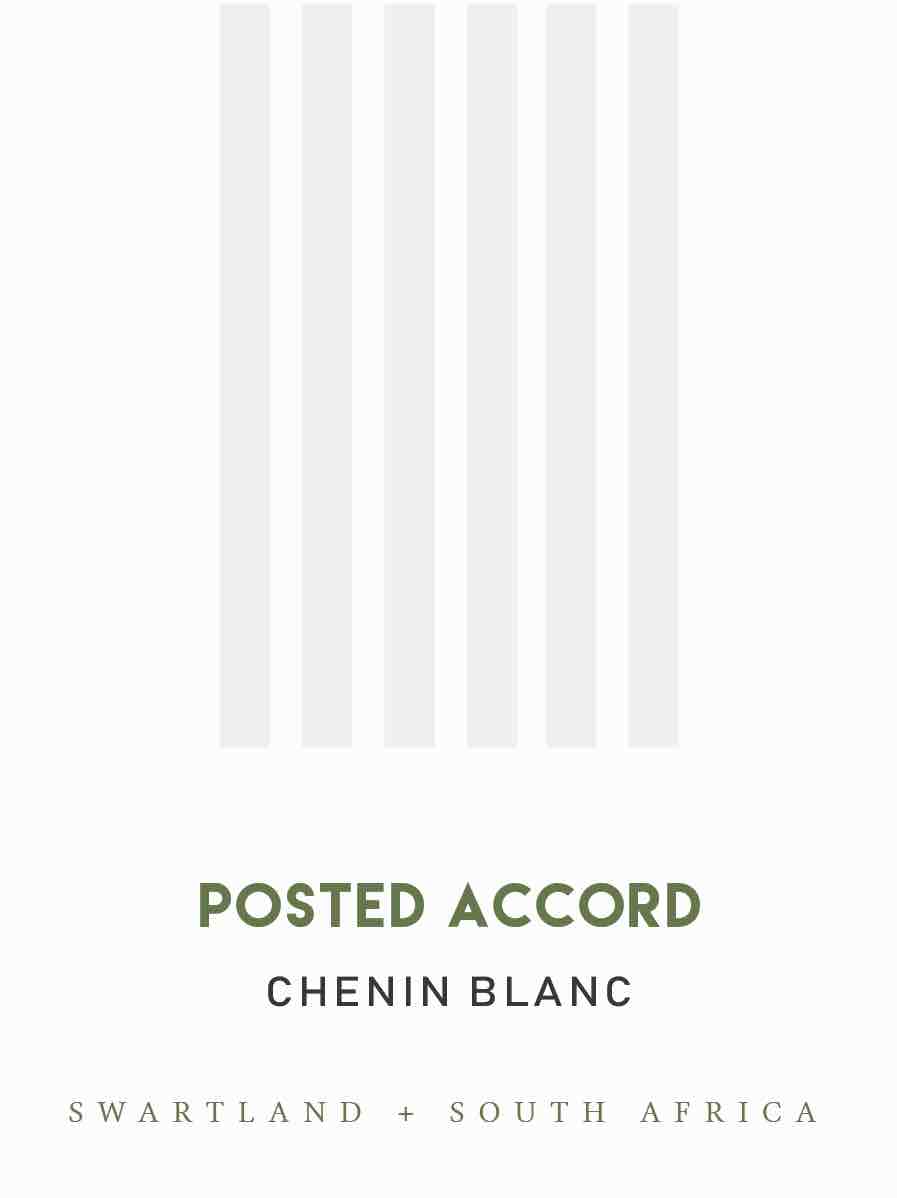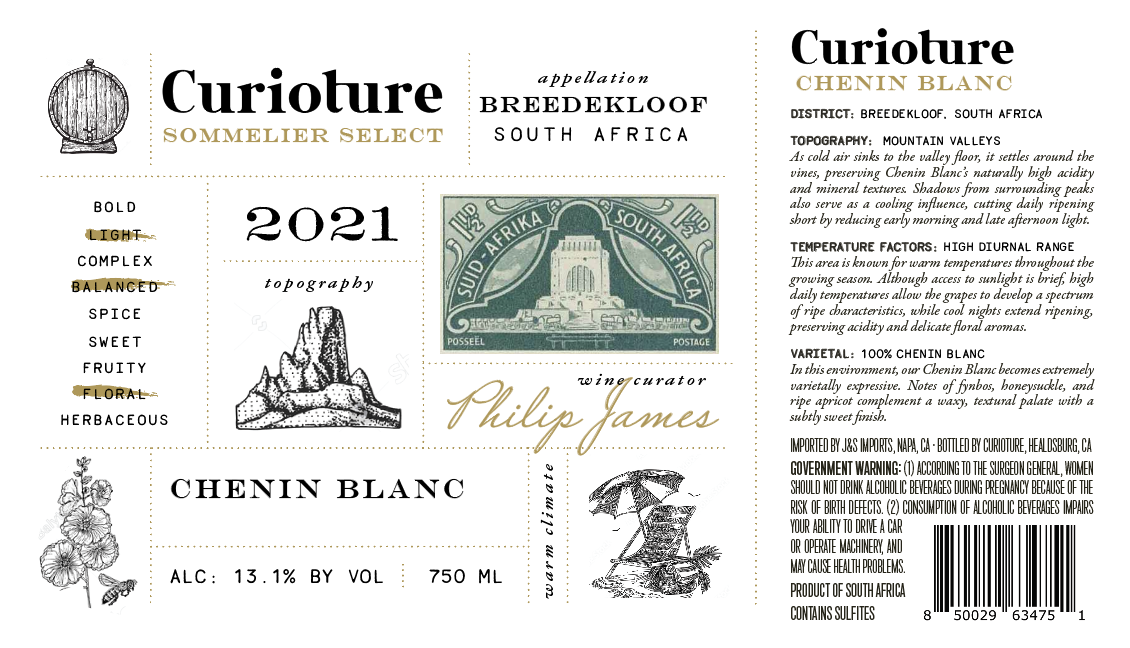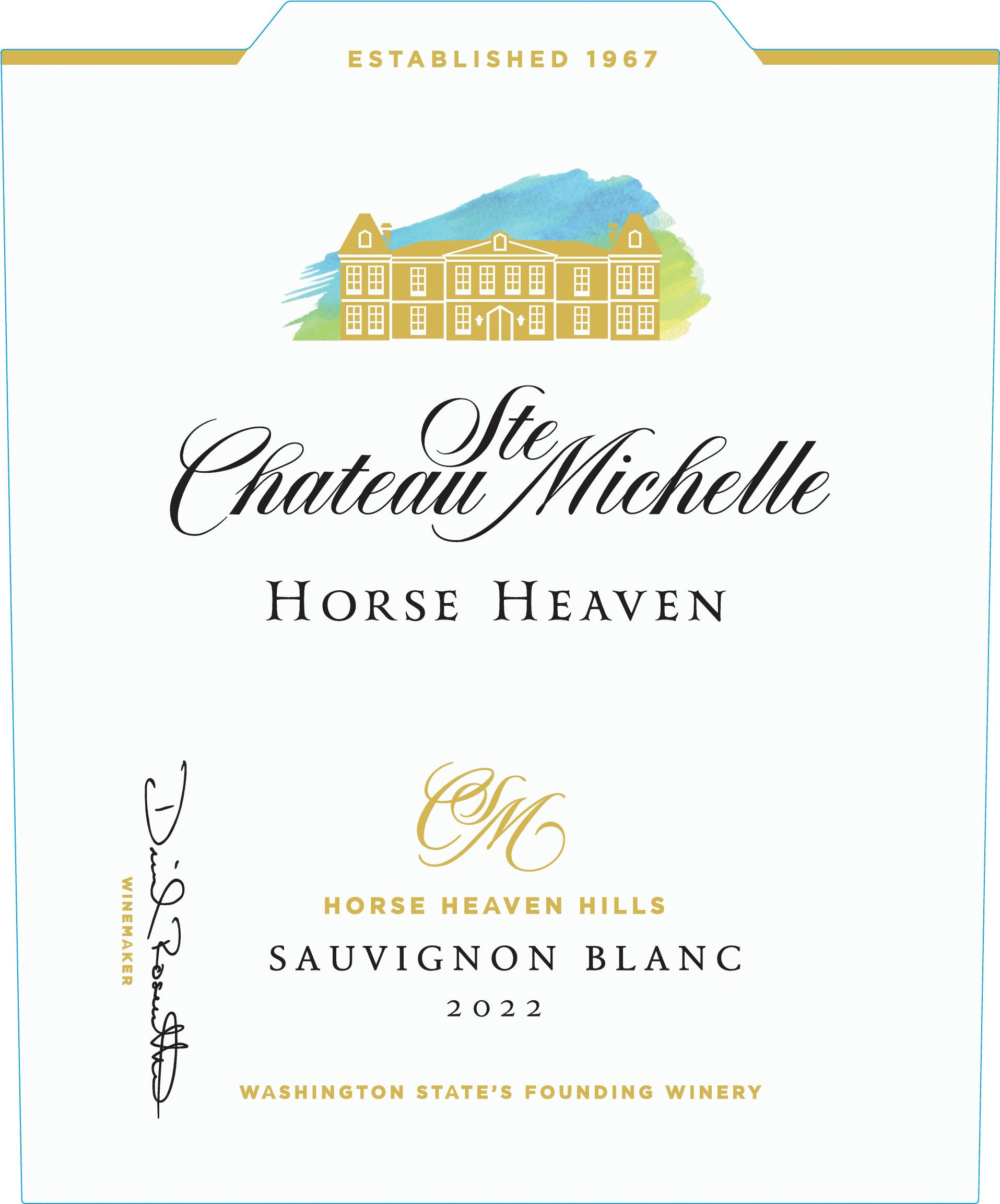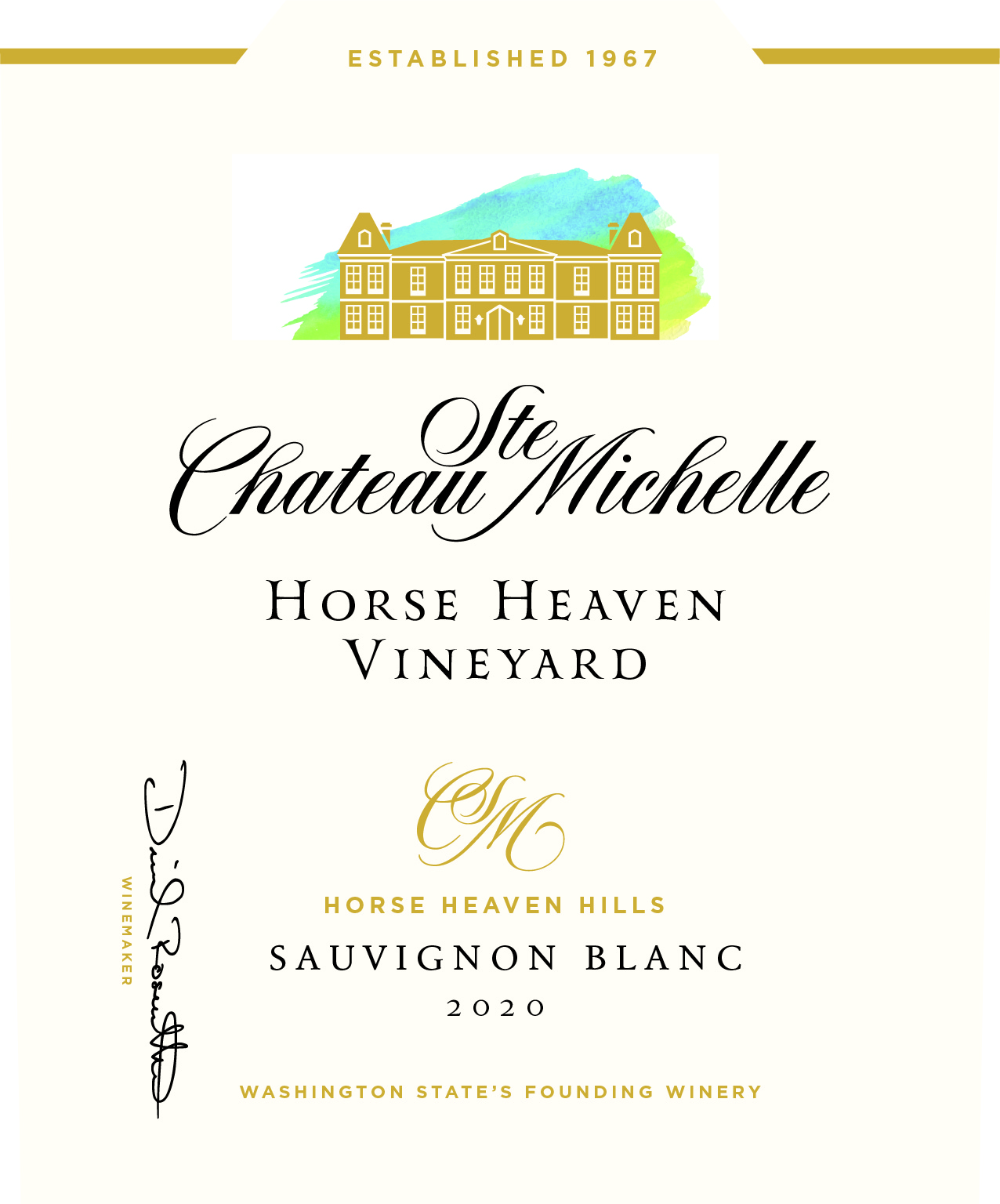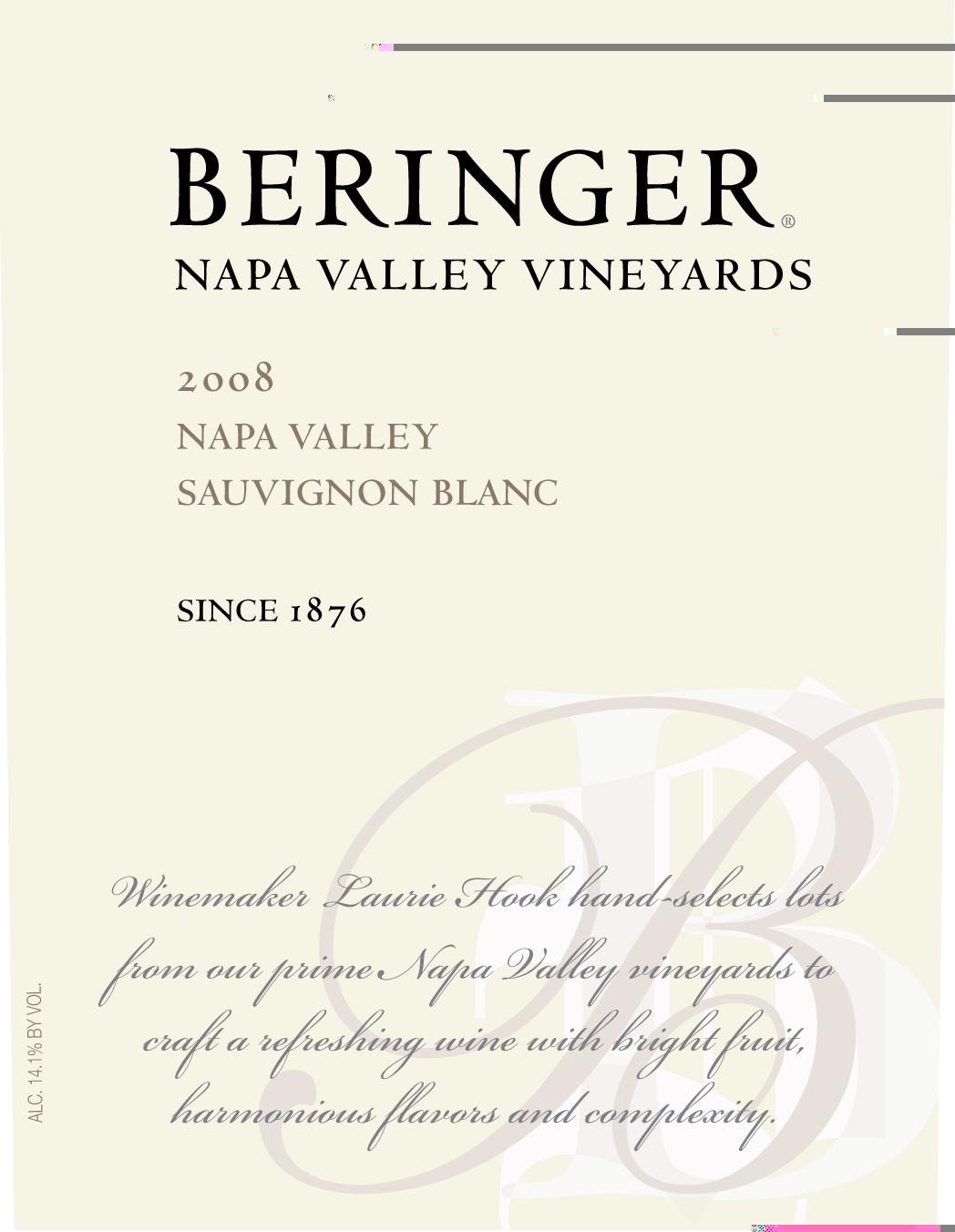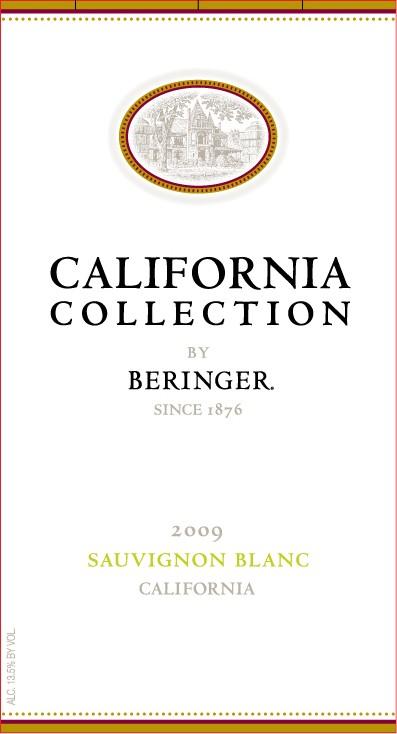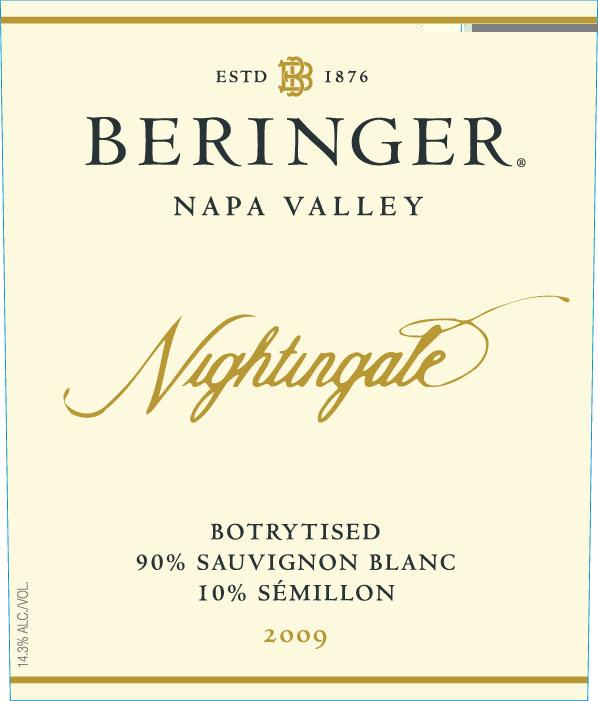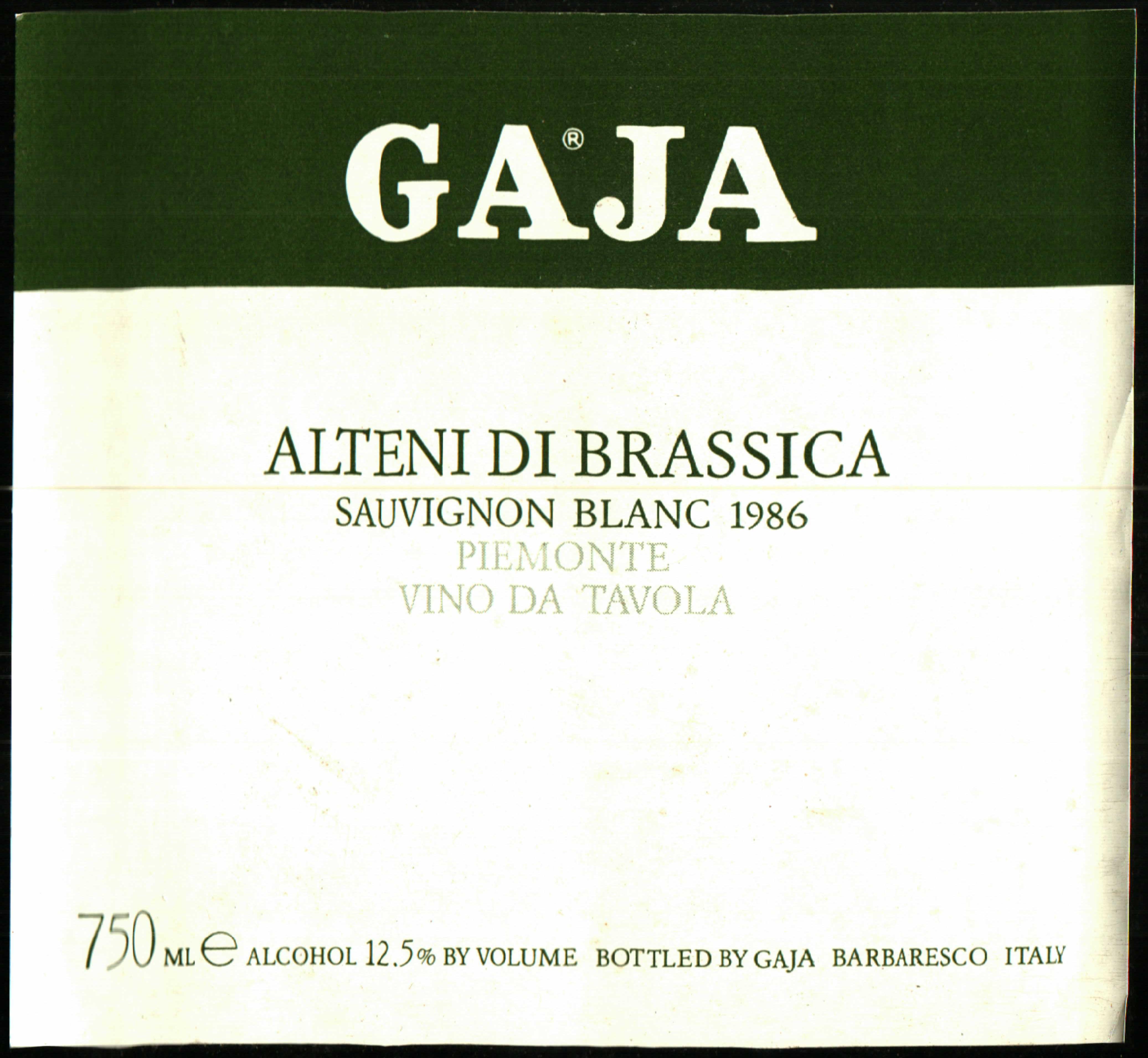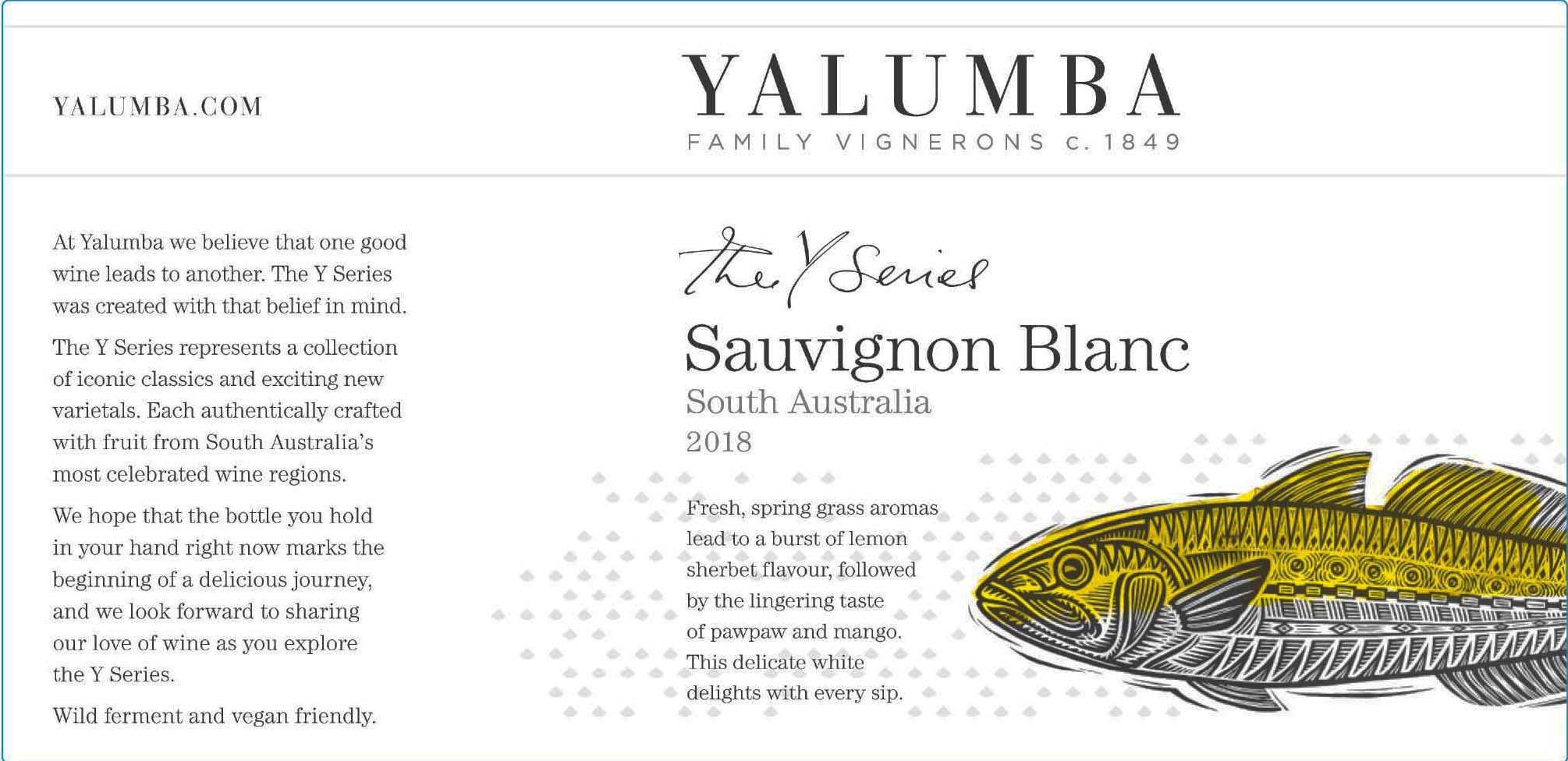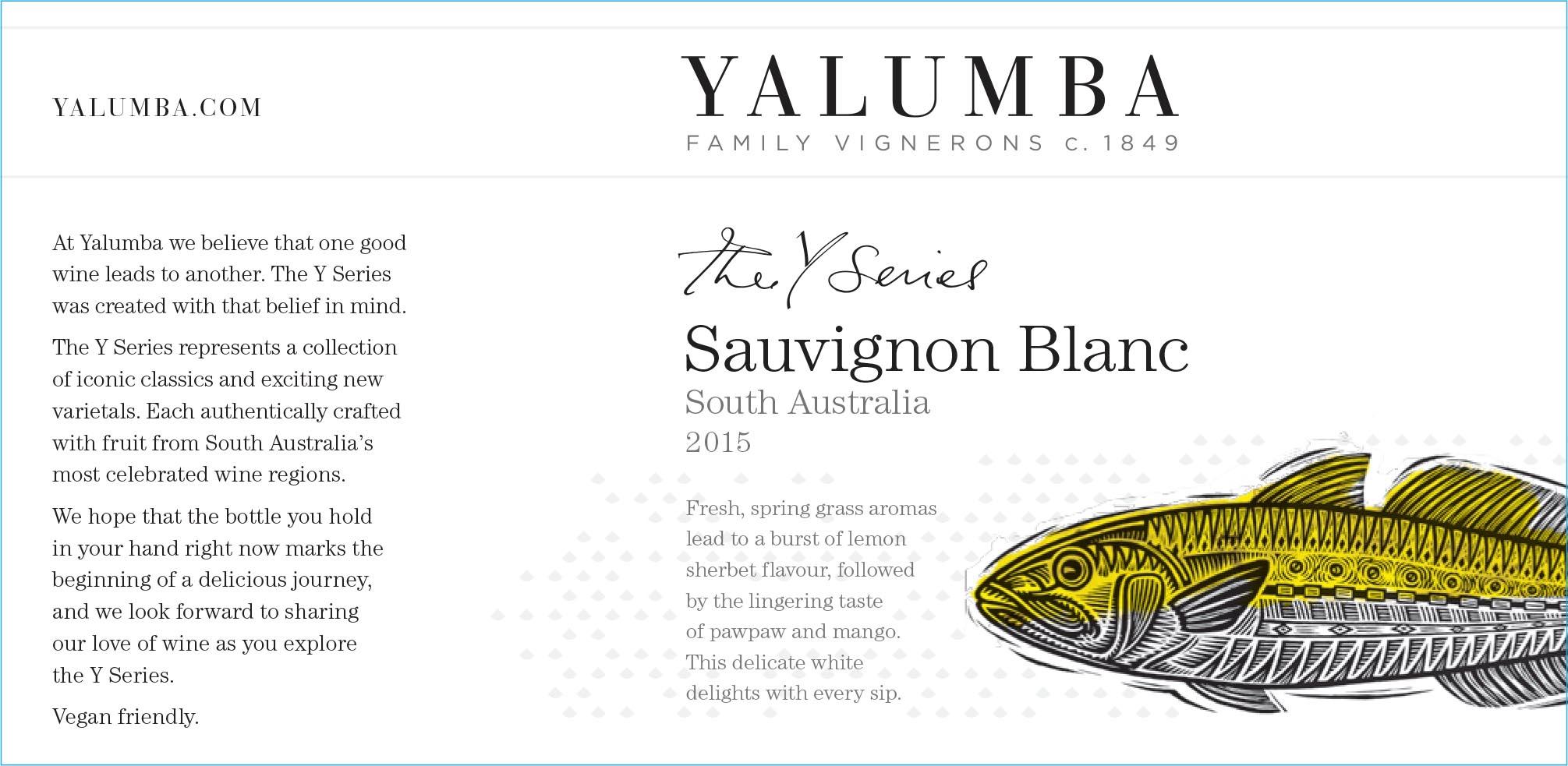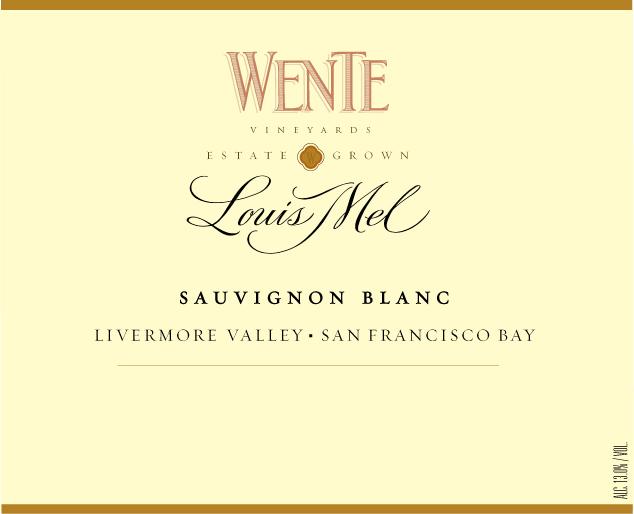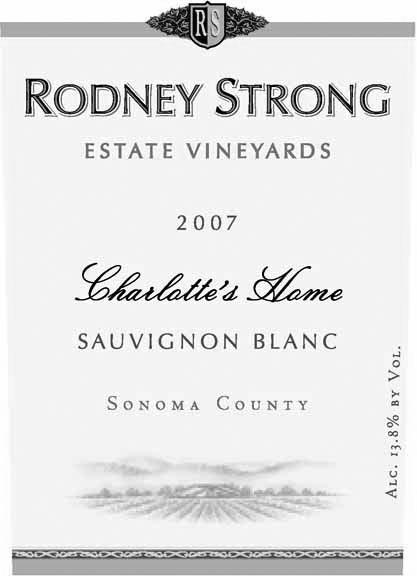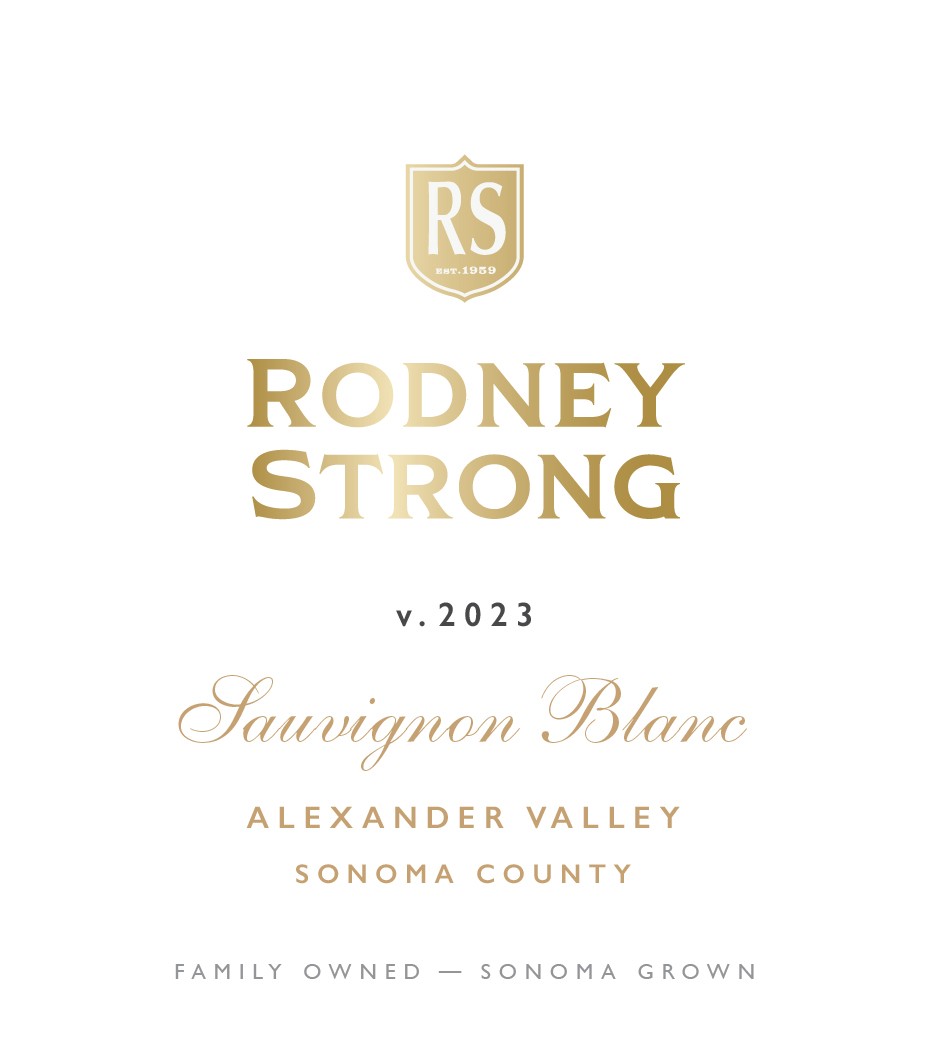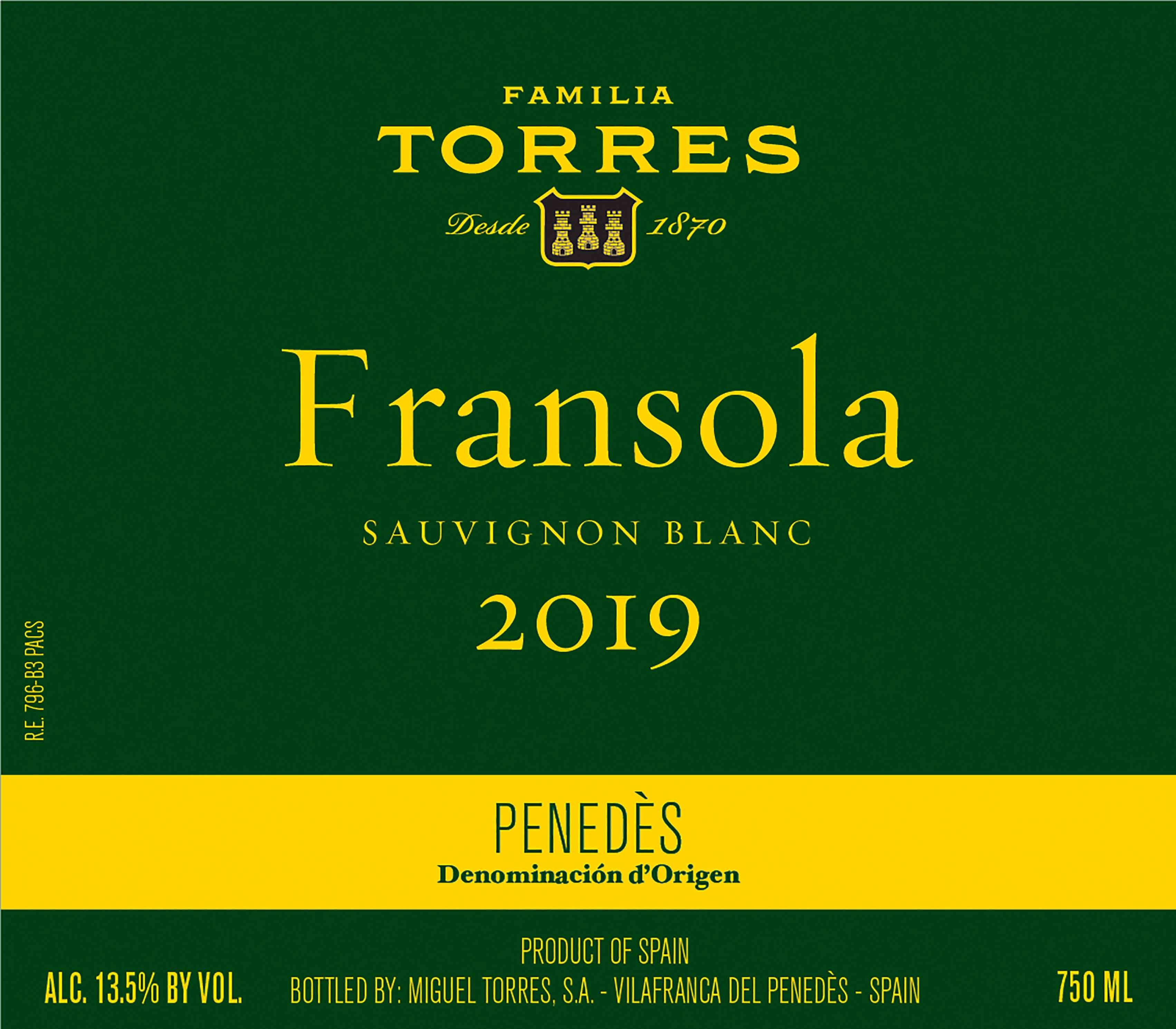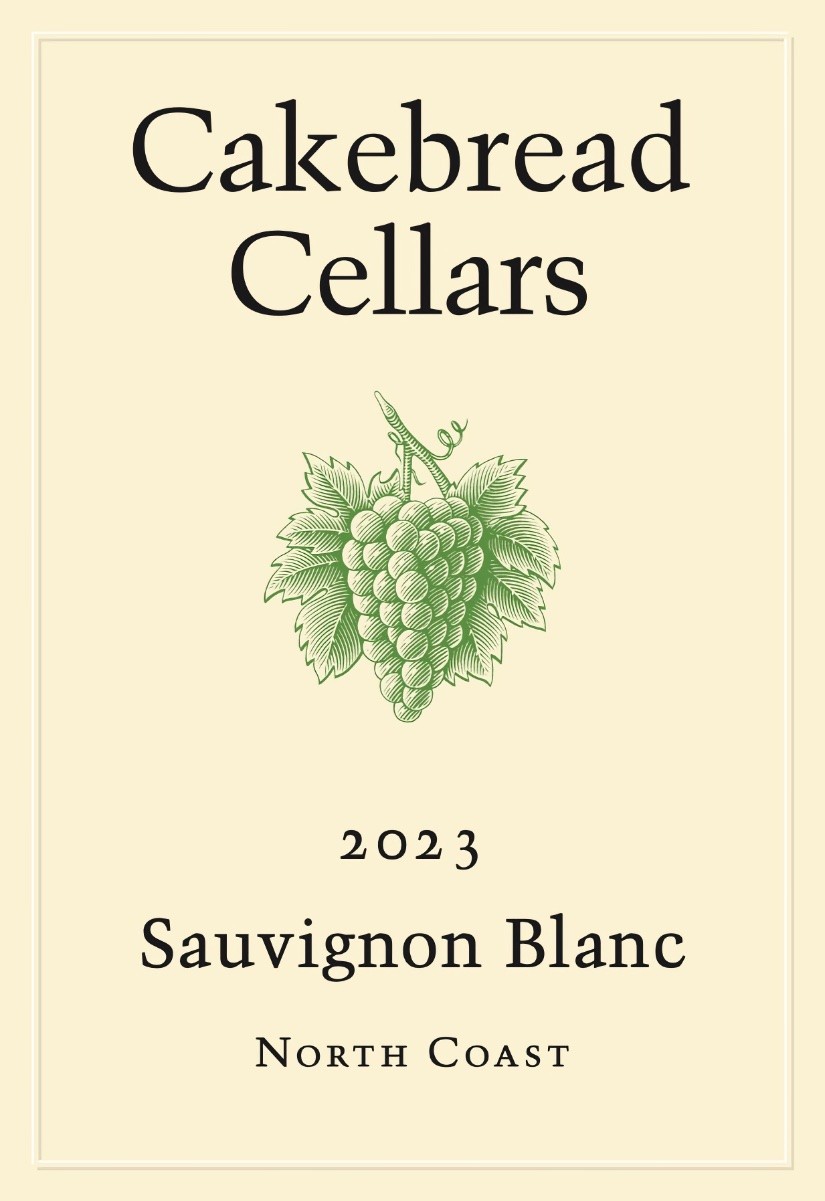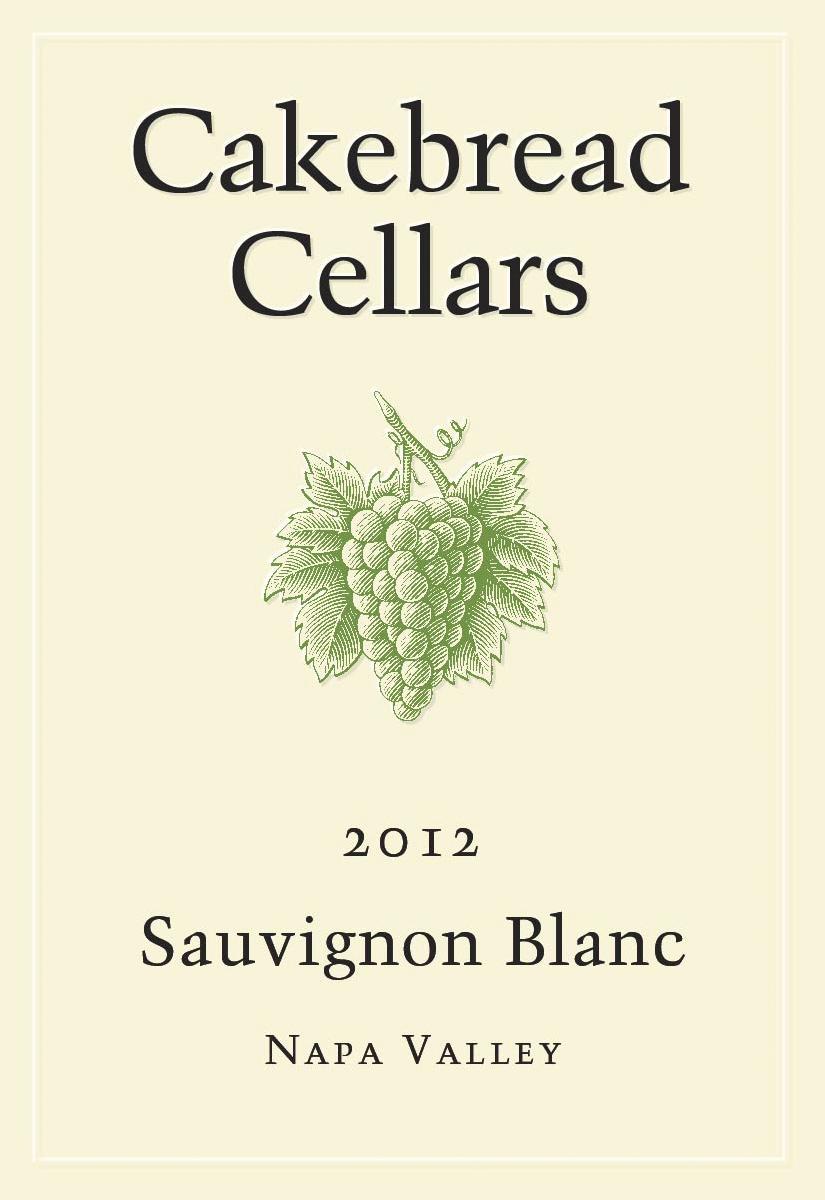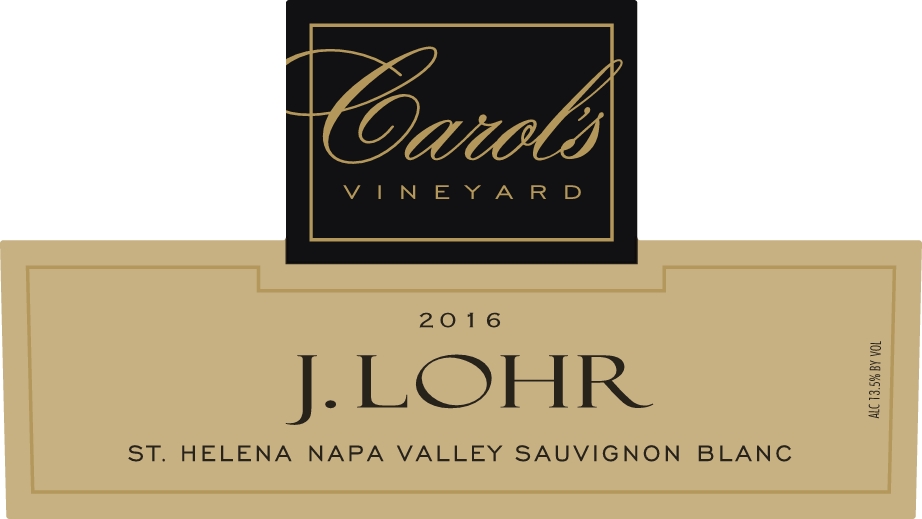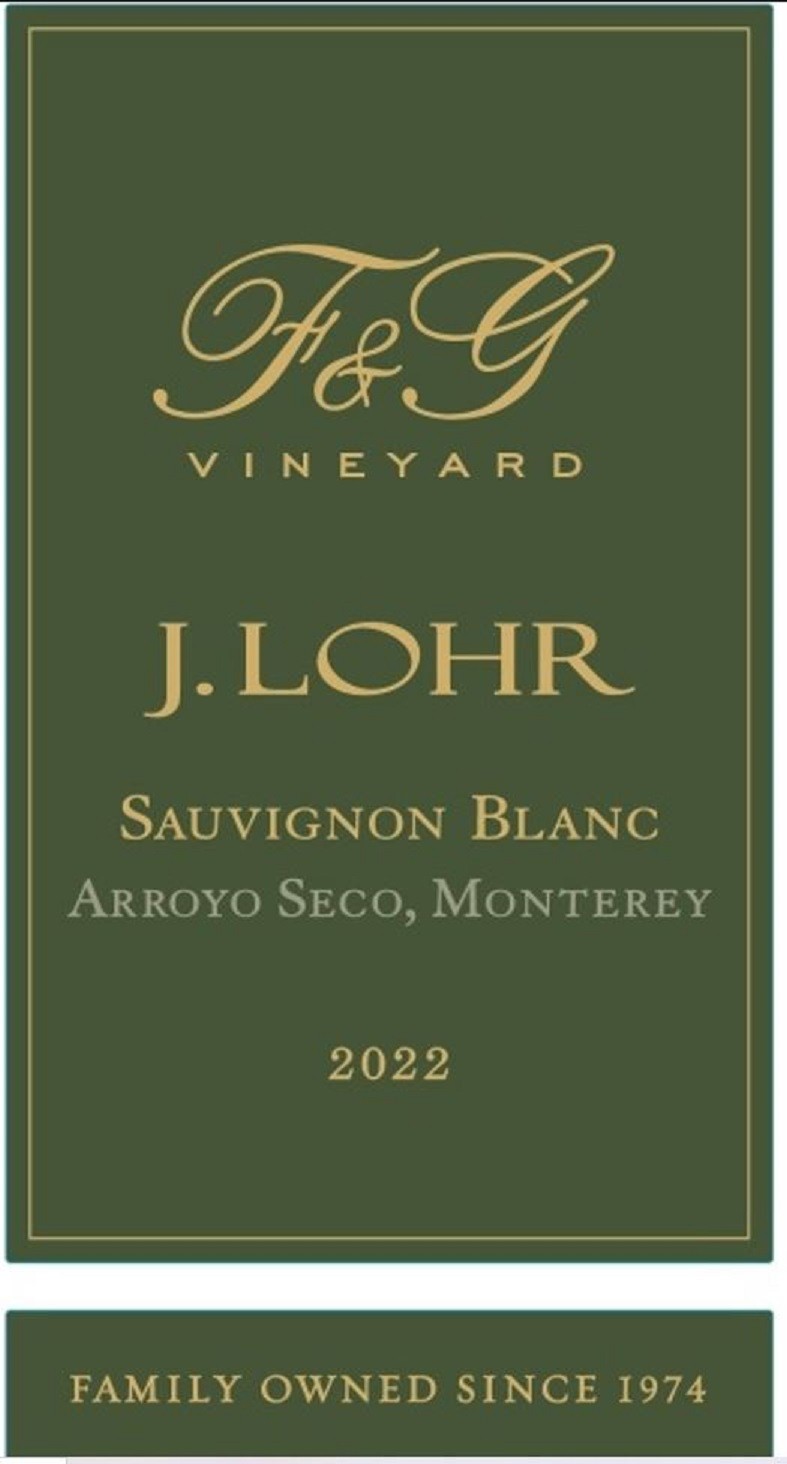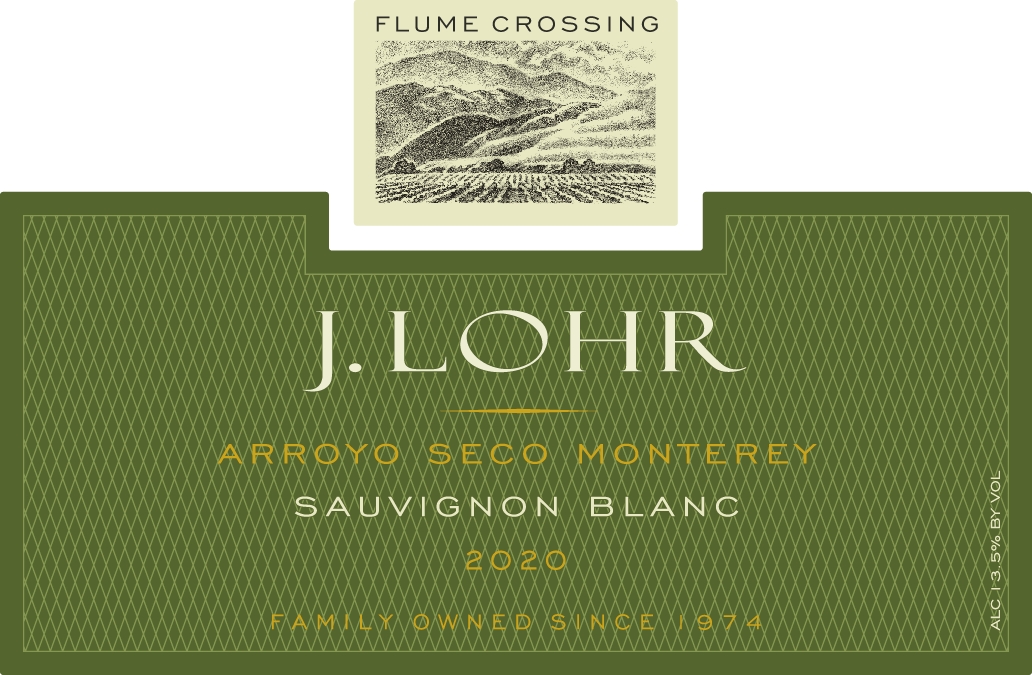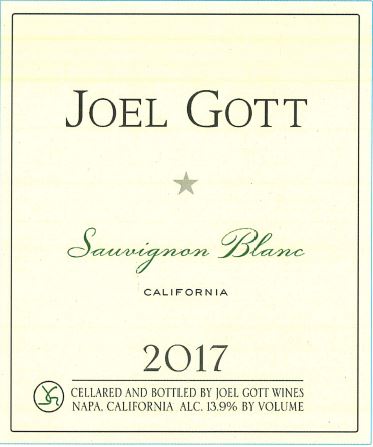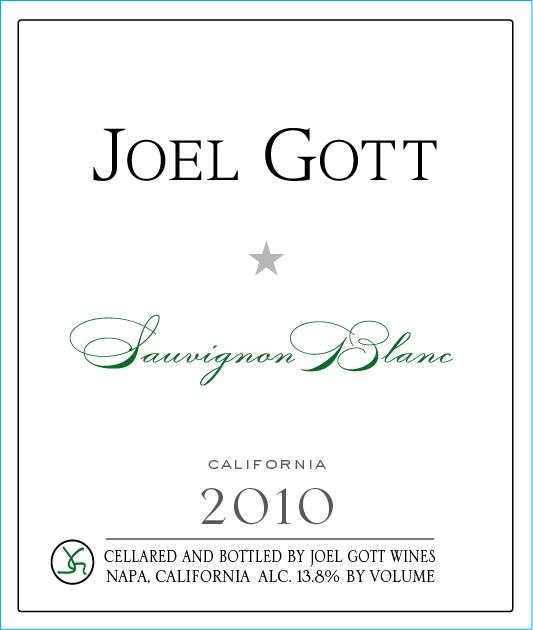Origins and Global Presence of Chenin Blanc and Sauvignon Blanc
Chenin Blanc: A Versatile Classic from the Loire Valley Chenin Blanc traces its roots to the Anjou region of France’s Loire Valley, where it has been grown for over a thousand years. Its name likely comes from Mont Chenin, and it was once called “Plant d’Anjou” and “Pineau de la Loire.” The Loire remains the reference point for this grape, producing wines that range from bone-dry to lusciously sweet.
Today, Chenin Blanc’s story extends far beyond France. South Africa is now its global powerhouse, calling it “Steen” and using it to craft everything from refreshing whites to complex, age-worthy bottles. The grape also has a presence in California, where it was once widely planted and is now making a comeback in quality-focused wineries. Smaller plantings can be found in Argentina, Australia, New Zealand, and even in places like Canada and China, showing just how adaptable and resilient this grape can be.
Sauvignon Blanc: From French Heritage to Global Fame Sauvignon Blanc began its journey in southwestern France, with deep ties to both the Loire Valley and Bordeaux. Its name hints at its wild origins, and it has played a key role in the region’s winemaking history for centuries. In Bordeaux, it famously crossed with Cabernet Franc to create Cabernet Sauvignon, while in the Loire it is celebrated for pure, unoaked expressions.
The grape’s appeal has led to plantings all over the world. New Zealand’s Marlborough region is now nearly as famous for Sauvignon Blanc as France, producing wines with intense citrus and tropical notes. In California, Australia, South Africa, and Chile, winemakers put their own spin on the grape, crafting everything from crisp, grassy styles to richer, fruit-driven wines. Sauvignon Blanc is also a key ingredient in some of the world’s most renowned sweet wines, like Sauternes. Its ability to thrive in many climates and express local character has cemented its status as a truly global variety.







